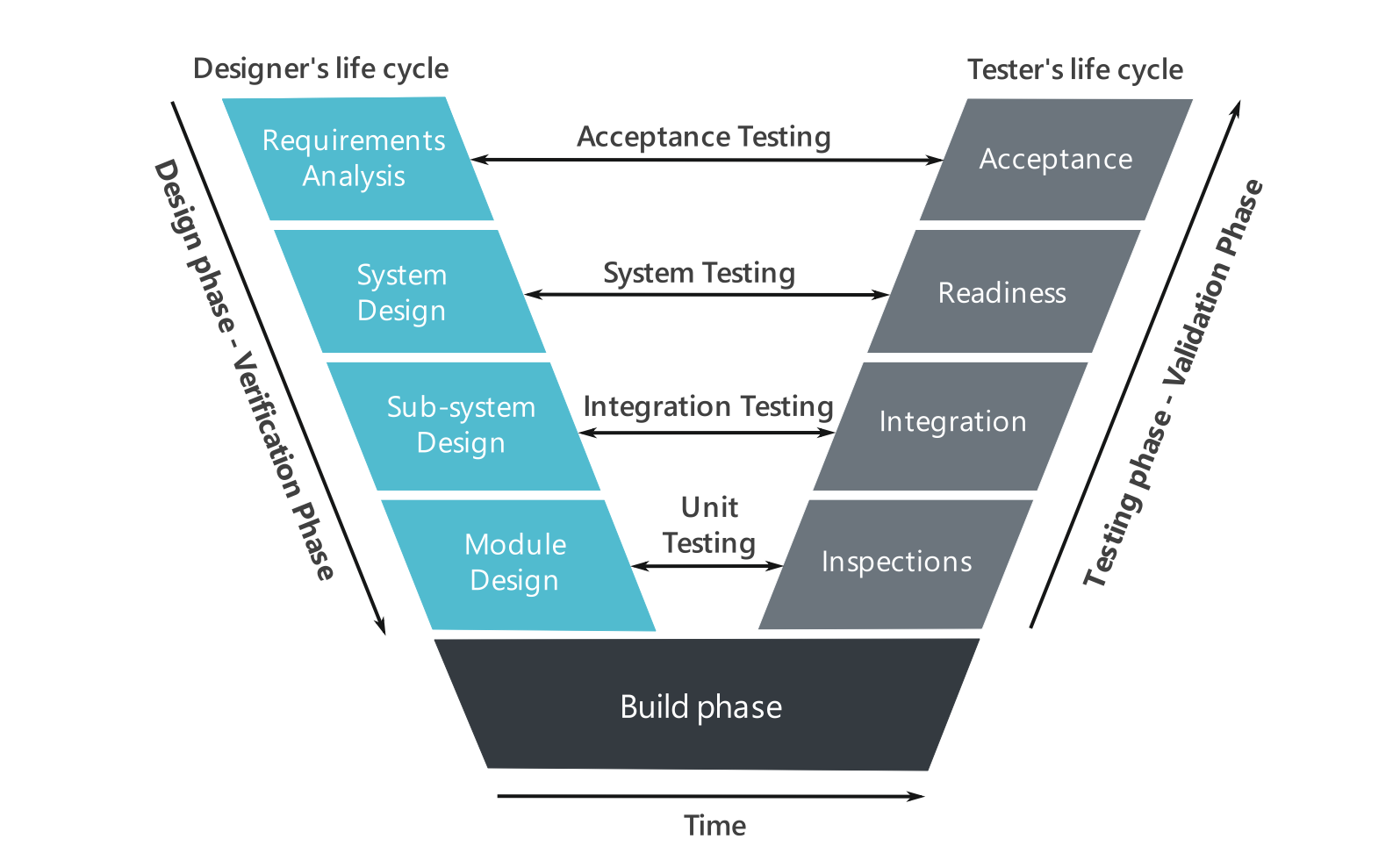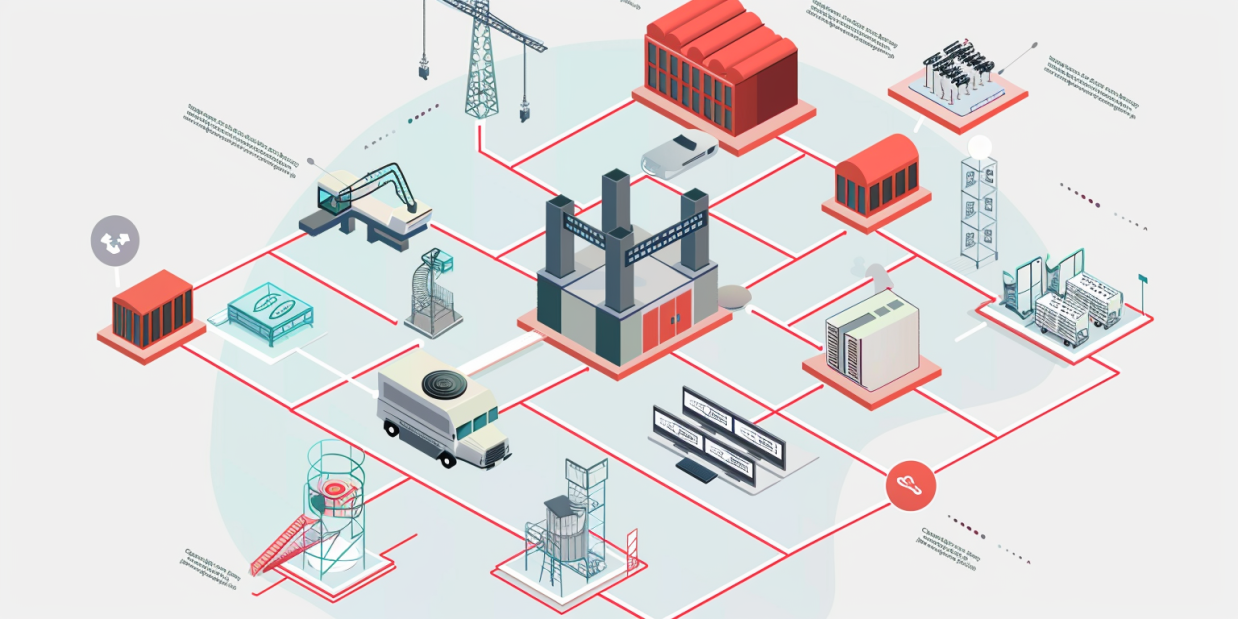In the rapidly evolving transport sector, efficient management of transport systems and assets is vital to cater to community needs. Acknowledging the significance of systems engineering (SE), Transport for NSW (TfNSW) employs it as a potent instrument to strengthen their all-inclusive asset management strategy. By tapping into SE principles, TfNSW strives to improve diverse areas such as planning, acquisition, operation, maintenance, and disposal of transport systems. The primary aim is to offer enhanced transport services to New South Wales’ residents. This blog post delves into TfNSW’s application of SE, spotlighting their goals and achievements in this arena.
Table of Contents
- Understanding Systems Engineering
- Objectives of TfNSW’s Systems Engineering Approach
- Practical Application and Scaling of SE Efforts
- Benefits of Systems Engineering
- Systems Engineering Process
- Systems Engineering Resources
- Systems Engineering Life Cycle
- International Standard Perspective
- TfNSW Asset Life Cycle Perspective
- Systems Engineering Management Plan (SEMP)
- Conclusion
Understanding Systems Engineering
Systems engineering is a collaborative, interdisciplinary engineering approach. It concentrates on deriving, evolving and verifying successful solutions for complex integrated systems. It includes a problem-solving process that analyses, synthesises and evaluates various subsystems. Importantly, it examines their interactions to effectively meet stakeholder requirements. Specifically, in the TfNSW context, systems engineering is crucial. It transforms stakeholder needs into well-defined, efficient and cost-effective transport system configurations.
Objectives of TfNSW’s Systems Engineering Approach
The adoption of SE by TfNSW is driven by several key objectives, including:
- Mitigating Risks: SE methodology enables project managers to mitigate risks associated with poor quality, inadequate performance, cost overruns, schedule delays, and lack of client acceptance. By following a structured SE approach, TfNSW aims to ensure the successful planning and delivery of new or altered transport systems, minimizing potential risks throughout the entire life cycle.
- Refocusing and Revitalizing Existing Projects: TfNSW recognizes the value of SE in addressing issues encountered in existing transport projects. The SE guide developed by TfNSW aims to provide a structured, repeatable, and scalable approach to SE, catering to projects of varying complexities. By refocusing and revitalizing such projects, TfNSW strives to overcome challenges and improve their overall performance.
- Enhancing Capability Maturity: SE capabilities within engineering organizations applying for Authorized Engineering Organization (AEO) status can vary significantly. TfNSW’s SE guide aims to assist organizations with emerging capability maturity levels in understanding the importance of SE and its practical application across projects. By promoting the adoption of SE practices, TfNSW aims to raise the overall capability maturity in SE, not only within the transport sector but also in other industry sectors.
Practical Application and Scaling of SE Efforts
TfNSW advocates for viewing SE not as an isolated department, discipline, or role. Instead, it should be a united effort involving all crucial stakeholders throughout the asset or system life cycle. We should weave SE principles into stages such as planning, acquiring, developing, using, and disposing of new or modified transport systems. Depending on the innovation, complexity, size, and risks connected with each project, the application of SE should be customised and scaled. TfNSW offers guidance to project-specific engineering teams, helping to determine the necessary level of SE effort for cost-effective project results.
Benefits of Systems Engineering
The practical use of SE brings several benefits to TfNSW and its transport projects, including:
- Clearer Understanding of Client Needs: SE facilitates a clearer understanding of client and stakeholder needs, ensuring that the transport system’s design and functionality align with their requirements.
- Improved Design Efficiency: By applying SE principles, TfNSW can derive more efficient designs that are traceable back to the client requirements. SE supports operational integration and helps eliminate isolated silos within the transport system.
- Enhanced System Reliability and Safety: SE provides a systematic approach to minimize risks, ensuring the achievement of reliable, available, maintainable, and safe transport systems.
Systems Engineering Process
The systems engineering process section describes the step-by-step process that will be followed for executing systems engineering activities. It typically includes activities such as requirements analysis, system design, integration, verification and validation, and configuration management. The section may also outline the specific methodologies, tools, and techniques that will be utilized during each phase of the process.
Systems Engineering Resources
The systems engineering resources section identifies the resources required to support the systems engineering effort. This includes personnel, expertise, facilities, equipment, and tools necessary for carrying out systems engineering activities. The section may also outline any resource constraints or dependencies that need to be considered during the project.
Systems Engineering Life Cycle
The systems engineering life cycle encompasses all stages of a system’s development, from concept to disposal. It follows a structured approach to ensure that stakeholder requirements are met, risks are mitigated, and the system functions effectively and efficiently throughout its life cycle.
International Standard Perspective
The systems engineering life cycle processes described in AS/NZS ISO/IEC/IEEE 15288:2015 provide a framework for managing the development and operation of systems. These processes include:
- Stakeholder Requirements Definition: This process involves identifying and documenting the needs and expectations of stakeholders, such as customers, users, and regulatory authorities. It establishes a clear understanding of the system’s purpose and desired outcomes.
- System Requirements Analysis: System requirements analysis focuses on translating stakeholder requirements into detailed technical requirements that can guide the system’s design and development. It considers functional, performance, interface, and other specified requirements.
- System Architectural Design: The system architectural design process defines the system’s structure and organization, including subsystems, interfaces, and interactions. It establishes the overall framework within which the system will be developed.
- Implementation and Integration: This process involves the development, procurement, and integration of system components and subsystems. It ensures that individual elements come together to form a cohesive and functioning system.
- Verification and Validation: Verification confirms that the system and its components meet the specified requirements, while validation ensures that the system satisfies stakeholder needs and performs as intended. These processes involve testing, inspection, analysis, and demonstration activities.
- System Deployment and Operation: System deployment includes activities related to installing, configuring, and commissioning the system for operational use. The operation phase involves maintaining, monitoring, and managing the system to ensure its continued performance and reliability.
- System Maintenance and Disposal: System maintenance encompasses activities to sustain the system’s performance, including preventive and corrective maintenance. Disposal involves the safe and environmentally responsible decommissioning or replacement of the system at the end of its life cycle.
TfNSW Asset Life Cycle Perspective
In addition to the international standard perspective, Transport for NSW (TfNSW) considers the asset life cycle perspective in systems engineering. This perspective acknowledges the specific context of managing transport systems and assets within TfNSW.
The TfNSW asset life cycle perspective encompasses the following stages:
- Plan: The planning stage involves defining the system’s objectives, scope, and requirements, as well as establishing project plans, schedules, and budgets. It includes the identification of stakeholders, risks, and constraints.
- Acquire: The acquisition stage focuses on procuring or developing the necessary components and subsystems for the system. It includes activities such as vendor selection, contract management, and design coordination.
- Operate: The operation stage involves the deployment, operation, and maintenance of the system. It includes activities related to system monitoring, performance management, maintenance planning, and asset management.
- Maintain: The maintenance stage encompasses activities to ensure the ongoing performance and reliability of the system. It includes preventive and corrective maintenance, spare parts management, and condition monitoring.
- Dispose: The disposal stage addresses the end-of-life management of the system. It includes activities such as decommissioning, asset disposal, and transition planning for replacement or renewal.
Systems Engineering Management Plan (SEMP)
To effectively apply systems engineering on a project, a systems engineering management plan (SEMP) is developed. The SEMP defines how systems engineering will be implemented, managed, and executed throughout the project life cycle. It provides guidance on the organization, processes, resources, and tools necessary to ensure the successful delivery of the system.
The key components typically included in a SEMP are as follows:
| SEMP Section | Section Description | Role of Section |
|---|---|---|
| Introduction | Offers a snapshot of the Systems Engineering Management Plan (SEMP). | Establishes the plan’s context and scope. |
| Project Overview | Describes project objectives, scope, and stakeholders. | Provides project context and a summary of key constraints, risks, and assumptions. |
| Organisation | Defines roles, responsibilities, and reporting structure of the systems engineering team. | Identifies key stakeholders and their involvement in the systems engineering process. |
| Processes | Details the systems engineering processes used throughout the project. | Features activities, tasks, and milestones linked to each process. |
| Tools and Resources | Identifies resources, methodologies, and tools needed for systems engineering tasks. | Discusses any training or skill requirements for the engineering team. |
| Schedule and Milestones | Provides a high-level schedule for systems engineering activities. | Aligns the systems engineering schedule with the overall project, identifying critical paths and key deliverables. |
| Risk Management | Focuses on recognising, evaluating, and mitigating risks tied to the systems engineering process. | Offers detailed contingency plans and mitigation measures. |
| Documentation | Details necessary documentation and deliverables for each stage of the engineering lifecycle. | Covers templates, formats, and guidelines for documenting system requirements, design specifications, and test plans. |
| Reviews and Audits | Outlines planned reviews and audits to assess the progress, quality, and compliance of engineering activities. | Denotes review criteria, participants, and expected outputs. |
| Communication and Collaboration | Describes vital mechanisms for effective systems engineering coordination and information exchange. | Identifies stakeholders involved in communication, meeting frequencies, and methods for documenting and disseminating information. |
| Configuration Management | Outlines the approach for controlling and documenting changes to the system and its components. | Covers procedures for version control, baseline management, and configuration control boards. |
| Quality Assurance | Focuses on measures and activities to ensure the quality of engineering deliverables and processes. | Involves quality control procedures, audits, compliance assessments, and applicable standards and guidelines. |
| Integration | Details the integration strategy for merging various system components, subsystems, and interfaces. | Describes the approach to ensure compatibility, functionality, and performance across the system. |
| Change Control | Lays out the change control process for managing changes to system requirements, design, and other system aspects. | Defines roles and responsibilities for change control, procedures for submitting and reviewing requests, and the criteria for approving or rejecting changes. |
| Lessons Learned | Captures and documents lessons learned from previous projects or phases within the current project. | Highlights successful practices, challenges encountered, and recommendations for improvement. |
| Performance Measurement | Outlines the metrics and indicators used to measure and monitor the performance of engineering activities. | Establishes criteria for assessing progress, effectiveness, and efficiency. |
| Governance | Covers the overall governance framework for systems engineering on the project. | Involves decision-making processes, escalation procedures, and mechanisms for resolving conflicts or issues. |
| Training and Competency | Identifies training needs and competency requirements for the systems engineering team. | Outlines the training plan, including any required certifications or qualifications. |
| Documentation Management | Establishes procedures and guidelines for managing engineering documentation. | Discusses document version control, storage, retrieval, and archival processes. |
| Systems Engineering Stakeholder Engagement | Outlines strategies and activities for engaging and collaborating with stakeholders. | Includes methods for eliciting and incorporating feedback, conducting workshops, and managing stakeholder expectations. |
Conclusion
The Systems Engineering Management Plan (SEMP) is a pivotal document. It guides the application of systems engineering principles throughout a project. The SEMP offers a framework for effective planning, execution, and control of engineering activities. It addresses key areas like organisation, processes, resources, tools, risks, and documentation. Therefore, the SEMP ensures a systematic coordination, leading to the successful development and delivery of complex systems.
Remember, the specific content and structure of a SEMP may differ. This variation depends on the project, organisation, and industry. Thus, it’s advised to tailor the SEMP to each project’s specific needs and requirements. Additionally, ensure the alignment with recognised systems engineering standards and best practices.







